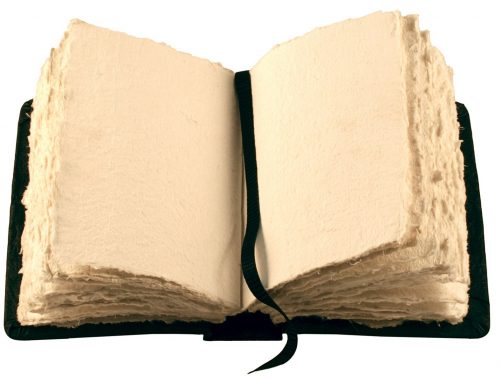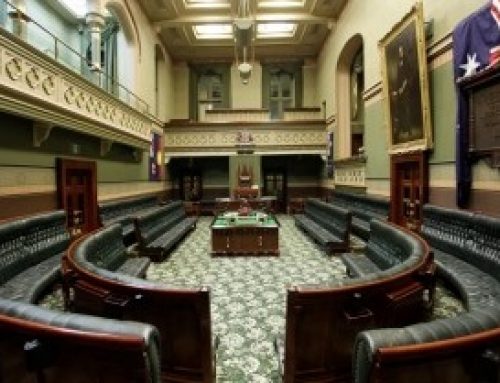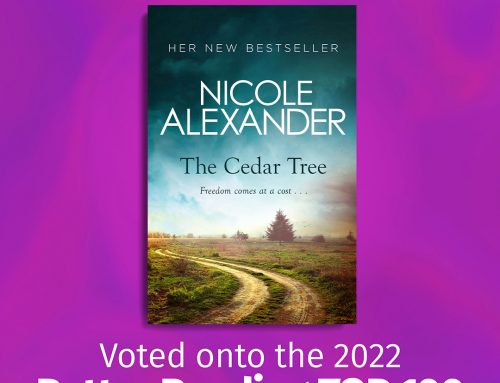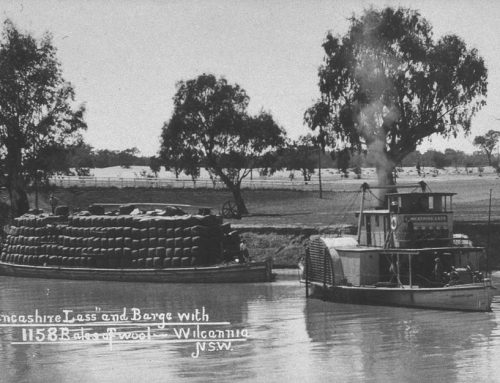Beginnings & Design. This introductory blog is about the elements that contribute to the overall design of a written work and is intended to get you motivated to put pen to paper. It is not a definitive guide to creative writing, but rather a window into writing that may shine some light however briefly on the role of the author. Firstly if you are new to writing its important to know that when it comes to actually beginning a work of fiction there is no sure fire method. Some may pick up a pen and make notes, others may think about their characters and storyline and write a paragraph or two to get a feel for the new world they are entering; however the writing process for each of us is different.
Personally I dream about my books before I begin writing (actually my mother will tell you I daydream about them!) I see my characters interacting with each other and their environment and I watch them grow before me, scene after scene until they literally shake me awake and say, hey Nick its time to start writing. Ive been known to call people by my characters names mid-novel and when I leave them at the conclusion it really is like leaving family. Having said all that, I never start writing with a complete plot in mind. Firstly I know my characters have a tendency to take the road less travelled once they are unleashed and secondly Id rather stumble on the unexpected as I write.
Plots are important however there are a myriad reasons why people read books and the plot is just one. Sure your work must have a story arc (beginning, middle and end) however there are plenty of great novels that offer very little in terms of plot yet we are compelled to read them for their characters and or setting. If you are new to the craft of writing remember, you can choose any angle from which to start joining the dots; a rough storyline, a particular setting, a single event, one character or a solid plot. Starting with a plot however can be both limiting and difficult to adhere to which is why it helps to be fluid in your thinking.
I tend to start with one or two characters, a distinct setting and a strong theme/s, the final plot unravels as I write. However other writers may choose a setting first, with the plot sketchy at best to begin with, others painstakingly map out a detailed plan, which has its advantages if you run into the dreaded writers block.
It matters little how you find your beginnings as long as you make a start.
As a whole blog will be devoted to characters (and conflict) next week I thought I would touch on three major elements that contribute to the overall design of a work, no matter if its a short story or a novel; plot, setting and theme.
Plot – A plot is the series of events in a story which serve to move the story from its beginnings, through to its climax or turning point and then to a resolution of its conflicts. It is the what and why it happened (it involves the storyline the things that happen, and cause why they happen). The key phrase here is series of events. As mentioned earlier many plots are discovered as you write and refine your work.
The central character with whom we identify or focus on in a story is the protagonist. This is the person we follow as he or she moves through the conflicts (series of events) in the story. This is the person we cheer or cry for, at the end. Your central (main) character has to deal with the events thrown at him or her, and the point at which your character faces these conflicts is the climax. Every event, decision and detail in the story leads to the climax. After the climax the story moves from building to resolving conflict, from introducing whats happening to and why, to the result that came from the climax. The resolution.
Let’s recap: Story begins introduce and then follow character/s through a series of events (building conflict) Character/s faces climax of your story (every event, decision, detail has led to this point, the climax) Character/s face the result that has come from the climax (the resolution) Story ends.
Antagonists are the things or characters, internal or external opposing the central character. They are the bad guys, real or imagined in your story.

A great example of plot is Star Wars. Luke Skywalker is the central character and every event he faces in the movie propels him towards his final destiny, to be a Jedi Knight and continue to fight evil with the aid of the force.
Theme –Theme/s are those ideas, patterns and issues which the work keeps returning to and re-examining. Themes are actually the subject as much as the actual details of the story. Pride and Prejudice contains one of the most cherished love stories in English literature: the courtship between Darcy and Elizabeth. As in any good love story, the lovers must overcome numerous stumbling blocks, beginning with the tensions caused by the lovers own personal qualities. Elizabeths pride makes her misjudge Darcy on the basis of a poor first impression, while Darcys prejudice against Elizabeths poor social standing blinds him, for a time, to her many virtues. (Of course, one could also say that Elizabeth is guilty of prejudice and Darcy of pridethe title cuts both ways.) Austen, gives us some delicious themes; love, reputation and of course the emotional and social ramifications of pride and prejudice (I can still see Mr Darcy (Colin Firth) emerging from the lake .)
Setting – As a reader I appreciate a strong setting filled with researched detail. I guess Im after words that create movie style visual and its a technique I use in my own writing. I want the reader to step into my world and walk around in it. I want the reader to breathe and see what I do when Im lost in my imagined world. For many authors character and setting rein equal in supremacy when it comes to the design of their work and certainly there are any number of genres where setting is often the starting point for a story. Fantasy, science-fiction and rural literature are prime examples of genres whose settings often attract readers before the actual story captures their hearts (we hope). Once you have your storyline and a rough idea of the plot (the what and why it happened), your chosen setting can become a crucial component of the work.
A great setting can add to both mood and tone, however attaining authenticity in a novel can be difficult which is why many new authors write about their own environment in first works. As fiction writing is very much about real life observation and internal imaginings the writer has to strike a balance between description and interior designer elaboration. An old editor of mine once told me that many solid works are bogged down in unnecessary description that slow the narrative; she then very politely underlined a passage in my own work. I got the point, then, but hey I do still get carried away.
Here are a few examples of how setting can be used in narrative.
Chronological: Choosing historical events or particular time periods.
Background: Examine and contrast differences, for example, a person from the country visits the city and may have handy skills for a particular character that lives in the next door flat.
In the novel The Great Gatsby most of the characters are from the mid-west although the story is set in New York.
Weather: A snow storm may force a cast of characters indoors leading to tension.
Family: Do you want your character to be living in an isolated area away from family and friends.
Character perception: A five year old and a sixty year old visiting a fast food outlet will each have vastly different perceptions of their environment. Remember Tom Hanks in the movie BIG This adult regressed to childhood with hilarious results.
Character response: A man may love living in an isolated mining town, a woman perhaps not so much.
Other design elements can include and are not limited to:
Linear narrative: telling the story through a series of chronological events or,
Telling the ending at the beginning or telling the story backwards.
Interweaving narratives/parallel stories: A device that works particularly well when there is more than one timeframe, or the author wishes each main character to have a distinct point of view (Point of View this will be discussed in a future blog).
Flashbacks/Subplots: can help to add interest, tension and intrigue if used subtly.
So now you have an outline of the elements that can contribute to the design of a written work lets get the brain engaged and open some creative doors.
Exercises:
Here are five exercises to complete before the next blog. The idea behind them is to get you observing and thinking about people, places and things. If you complete the exercises you will find that by the end of the course you will have enough material to consider writing a piece of fiction.
1. Think of a smell that evokes a memory and describe the memory.
2. Listen to some instrumental music and write down what the music makes you think and feel.
3. Find someone to listen to (not talk to) and write about how they speak, the highs and lows of their voice, facial expressions, gestures.
4. Say goodbye to someone on paper that you never got to say good-bye too.
5. If you would like to try your hand at a short story consider a particular setting that you would like to place the story in and write down ten bullet points about this particular environment.
See you next week







Leave A Comment